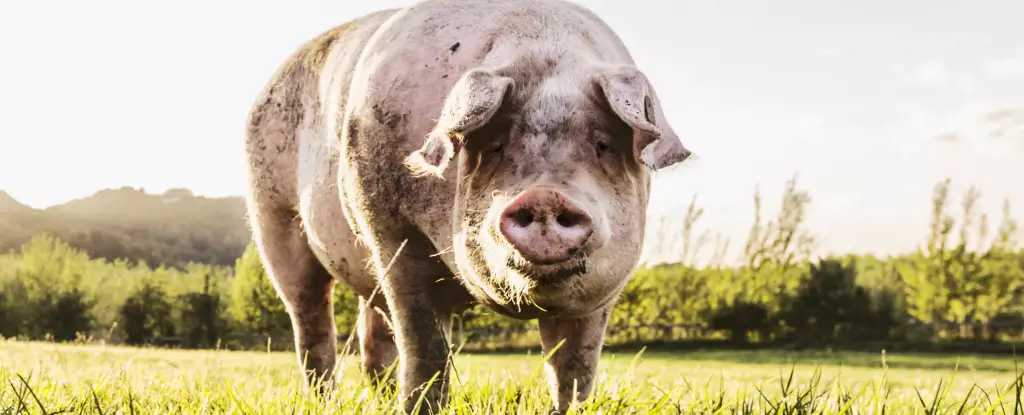In an alarming development for animal health and biosecurity, a pig on a non-commercial farm in Oregon has been diagnosed with the H5N1 avian influenza virus. This case marks a significant first in the United States, prompting officials to take immediate action. The infected pig was confirmed on a Tuesday, just days after the same farm’s poultry tested positive for the virus, underlining the interconnected risks of zoonotic diseases.
The U.S. Department of Agriculture (USDA) swiftly entered the scene, clarifying that the farm’s operations were not aimed at the commercial production of meat, which alleviates some concerns regarding the nation’s pork supply. Nevertheless, in a bid to curb any potential spread, the USDA euthanized not only the infected pig but also four additional pigs. Such drastic measures reflect the seriousness with which health authorities are approaching this situation. While two of the other pigs tested negative for the virus, results for the remaining two are still pending.
Fears are mounting among public health experts regarding the increasing incidence of avian influenza in mammals. While the infected pig had shown no signs of illness, the shared resources—such as housing and water—between the livestock and poultry on the farm pose significant risks for interspecies transmission. The concern is that heightened interactions might eventually lead to a mutation of the virus, making it transmissible among humans. This particular strain, known for causing infections in birds, has been previously documented in various mammals around the globe, raising alarm bells about its potential evolution.
In response to the confirmed case, the Oregon farm has been quarantined to prevent further infections. Surveillance is now in place for other animals on the farm, including sheep and goats, indicating a proactive approach to animal health management. Such efforts aim not only to protect livestock but also to safeguard public health by ensuring that the avian influenza virus does not gain a foothold among various species.
The USDA has emphasized that genetic sampling of the infected poultry has not revealed any mutations that could make the H5N1 virus more transmissible to humans. As a precautionary measure, they are conducting further genomic sequencing on the pig’s sample, with results pending. This thorough investigative approach highlights the importance of continuous monitoring and research into emerging infectious diseases—especially in our increasingly interconnected ecosystems.
The first reported case of H5N1 in pigs in the United States highlights a significant intersection of animal health, public safety, and biopreparedness. As experts closely monitor the situation, the overriding message remains clear: vigilance is crucial in preventing the potential evolution of this virus into a more dangerous form. The emphasis on genomic research and increased surveillance serves as a reminder of the ongoing battle against zoonotic diseases that can cross the species barrier, ultimately impacting both animal and human populations.

